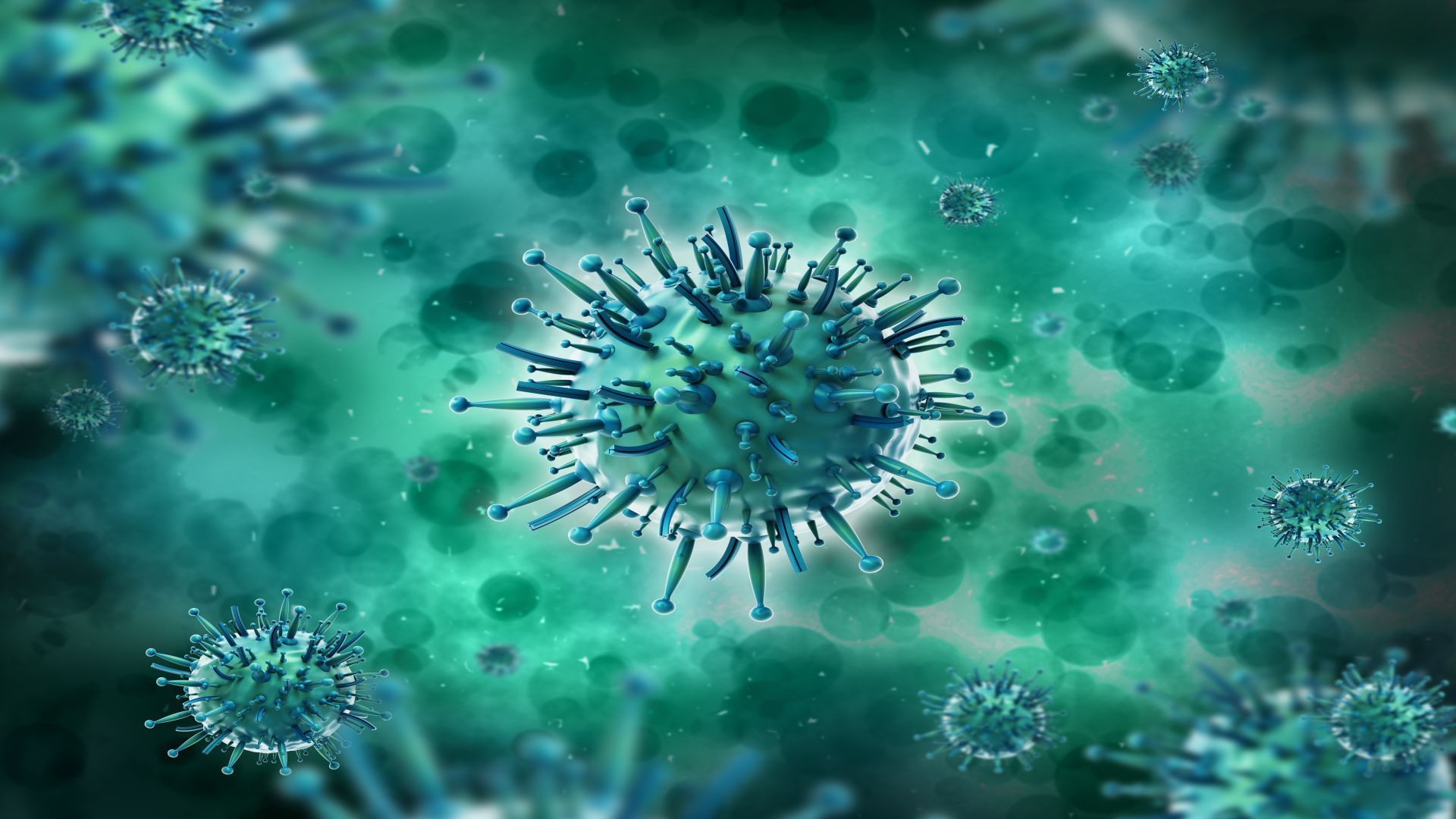More Than 99 Percent of the Microbes Inside Us are Unknown to Science

A new survey of DNA fragments circulating in human blood suggests our bodies contain vastly more diverse microbes than anyone previously understood. What's more, the overwhelming majority of those microbes have never been seen before, let alone classified and named, Stanford researchers report August 22 in the Proceedings of the National Academy of Sciences.
"We found the gamut," said Stephen Quake, a professor of bioengineering and applied physics, a member of Stanford Bio-X and the paper's senior author. "We found things that are related to things people have seen before, we found things that are divergent, and we found things that are completely novel."
The survey was inspired by a curious observation Quake's lab made while searching for non-invasive ways to predict whether an organ transplant patient's immune system would recognize the new organ as foreign and attack it, an event known as rejection. Ordinarily, it takes a tissue biopsy -- meaning a large needle jabbed into one's side and at least an afternoon in a hospital bed for observation -- to detect rejection.
The lab members figured there was a better way. In theory, they might be able to detect rejection by taking blood samples and looking at the cell-free DNA -- bits and pieces of DNA circulating freely in blood plasma - contained therein. Apart from fragments of a patient's DNA, those samples would contain fragments of the organ donor's DNA as well as a comprehensive view of the collection of bacteria, viruses and other microbes that make up a person's microbiome.
Over the course of several studies, the first of which was published in 2013, Quake, postdoctoral fellow Iwijn De Vlaminck, and others collected samples from 156 heart, lung and bone marrow transplant recipients, along with 32 pregnant women. (Pregnancy, like immunosuppressant drugs taken by transplant patients, also changes the immune system, albeit in ways both more complicated and less well understood.)
The results of those earlier studies suggested there were identifiable changes to the microbiomes of people with compromised immune systems and that positive tests for the organ donor's DNA were a good sign of rejection.
But there was something else, too -- something weirder. Of all the non-human DNA fragments the team gathered, 99 percent of them failed to match anything in existing genetic databases the researchers examined.
With that in mind, Mark Kowarsky, a graduate student in Quake's lab and the paper's first author, set about characterizing all of that mystery DNA.
The "vast majority" of it belonged to a phylum called proteobacteria, which includes, among many other species, pathogens such as E. coli and Salmonella. Previously unidentified viruses in the torque teno family, generally not associated with disease but often found in immunocompromised patients, made up the largest group of viruses.
"We've doubled the number of known viruses in that family through this work," Quake said. Perhaps more important, they've found an entirely new group of torque teno viruses. Among the known torque teno viruses, one group infects humans and another infects animals, but many of the ones the researchers found didn't fit in either group. "We've now found a whole new class of human-infecting ones that are closer to the animal class than to the previously known human ones, so quite divergent on the evolutionary scale," he said.
"I'd say it's not that baffling in some respects because the lens that people examined the microbial universe was one that was very biased," Quake said, in the sense that narrow studies often miss the bigger picture. For one thing, researchers tend to go deep in the microbiome in only one part of the body, such as the gut or skin, at a time. Blood samples, in contrast, "go deeply everywhere at the same time."
For another, researchers often focus their attention on just a few interesting microbes, "and people just don't look at what the remaining things are," Kowarsky said. "There probably are some interesting, novel things there, but it's not relevant to the experiment people want to do at that time."
It was by looking at blood samples in an unbiased way, Quake said, that led to the new results and a new appreciation of just how diverse the human microbiome is.
Going forward, Quake said, the lab hopes to study the microbiomes of other organisms to see what's there. "There's all kinds of viruses that jump from other species into humans, a sort of spillover effect, and one of the dreams here is to discover new viruses that might ultimately become human pandemics." Understanding what those viruses are could help doctors manage and track outbreaks, he said.
"What this does is it arms infectious disease doctors with a whole set of new bugs to track and see if they're associated with disease," Quake said. "That's going to be a whole other chapter of work for people to do."
Source: Stanford University
Robust infectious disease surveillance, including rapid subtyping of influenza A, is essential for early detection, containment, and public health reporting of novel viral threats.